Effective pain management is essential for improving patient outcomes and quality of life. Pain Management for Healthcare Providers Training equips professionals with the knowledge to understand pain perception, implement individualized treatment plans, and apply evidence-based guidelines. This course covers both pharmacological and non-pharmacological approaches, emphasizing safe and appropriate opioid use. Healthcare providers will gain essential skills to assess and manage pain effectively, ensuring optimal patient care.
What You Will Learn:
Various pharmacological and non-pharmacological approaches to pain
The need for individualized pain management plans
Evidence-based guidelines in the treatment of pain
The indications for opioid use
Details:
Course length: 1 hour and 30 minutes; CME: 1.5
Languages: American English
Key features: Audio narration, learning activity, and post-assessment.
Get Certified
American Medical Compliance (AMC) is a leader in the industry for compliance, Billing, and HR solutions. To become certified, please visit us at: American Medical Compliance (AMC).
Reach out for other courses by visiting the AMC Course Library.
Introduction to Pain Management
Almost 35 million patients were discharged from U.S. hospitals in 2004; of these patients, 46 percent had a surgical procedure and 16 percent had one or more diagnostic procedures. Pain is common, and expected, after surgery.
Recent data suggest 80 percent of patients experience pain postoperatively with between 11 and 20 percent experiencing severe pain.
Despite the availability of analgesics—particularly opioids—and national guidelines to manage pain, the incidence of postoperative pain has remained stable over the past decade.
Postoperative pain is common but often poorly managed, affecting patient outcomes and costs. Despite available treatments, many experience complications like infection, poor healing, and mobility issues. Pain also causes psychological distress, impacting patients and families. This course teaches evidence-based pain management, including treatment approaches, individualized plans, and best practices to improve recovery and care quality.
Social Factors That Contribute to Pain
The social determinants of health include the quality of the environments where people are born, live, learn, work, play, worship, and grow older that affect health outcomes.
They also include the wider set of policies and systems that shape the conditions of daily life.
Social determinants like income, education, and healthcare access shape health outcomes and pain management. These factors contribute to health inequities, disproportionately affecting marginalized groups. Research shows racial and ethnic minorities face more chronic pain but receive less specialty care. This course covers the impact of social determinants, strategies to reduce inequities, and emerging research for equitable pain care.
Pharmacological Management of Pain
The interprofessional healthcare team, e.g., clinicians (MDs, DOs, PAs, and NPs), nurses, pharmacists, etc., need to work together to address pain control in their patients appropriately and safely.
The healthcare team should schedule these patients for routine follow-up visits that include a history and physical exam to monitor for adverse drug effects and drug misuse or signs of diversion.
Effective pain management requires teamwork for safe, appropriate care. Regular follow-ups, assessments, and drug monitoring help prevent adverse events, especially amid the opioid crisis. Clinicians assess patients, while pharmacists track prescriptions for misuse. This course teaches best practices in communication, monitoring, risk assessment, and pain relief while reducing misuse and harm.
Non-Pharmacological Pain Management
Many injuries or medical conditions can affect your ability to function, including:
- Brain disorders, such as stroke, multiple sclerosis, or cerebral palsy
- Long-term (chronic) pain, including back and neck pain
- Major bone or joint surgery, severe burns, or limb amputation
- Severe arthritis becoming worse over time
- Severe weakness after recovering from a serious illness (such as infection, heart failure or respiratory failure)
- Spinal cord injury or brain injury
Special Considerations in Pain Management
The risk for chronic pain conditions increases with age, making the geriatric population particularly vulnerable.
National surveys of pain in older adults from North America, Europe, Asia and Australia found that over 50% of respondents reported bothersome pain in the last month. The estimated incidence of chronic pain in adults is 4.69 per 100 person-years, and the prevalence of chronic pain in individuals over 85 years is as high as 79%.
Recent reviews of opioid abuse in the chronic pain population indicates that the potential risk factors for substance abuse in this population include genetic variation in opioid receptor and drug metabolism-associated genes, demographic factors (including age), pain severity and drug related factors (i.e., physician reported aberrant use behavior), family history of substance use, and psychiatric comorbidity.
Chronic pain is common in older adults and increases with age, requiring thorough assessment and management. Effective treatment includes pain history, cognitive and sensory evaluations, standardized tools, and caregiver input. Aging alters drug metabolism, raising the risk of medication complications. While opioid misuse is a concern, providers must balance pain relief with safe prescribing. This course teaches evidence-based strategies to manage chronic pain, reduce risks, and ensure individualized care.



